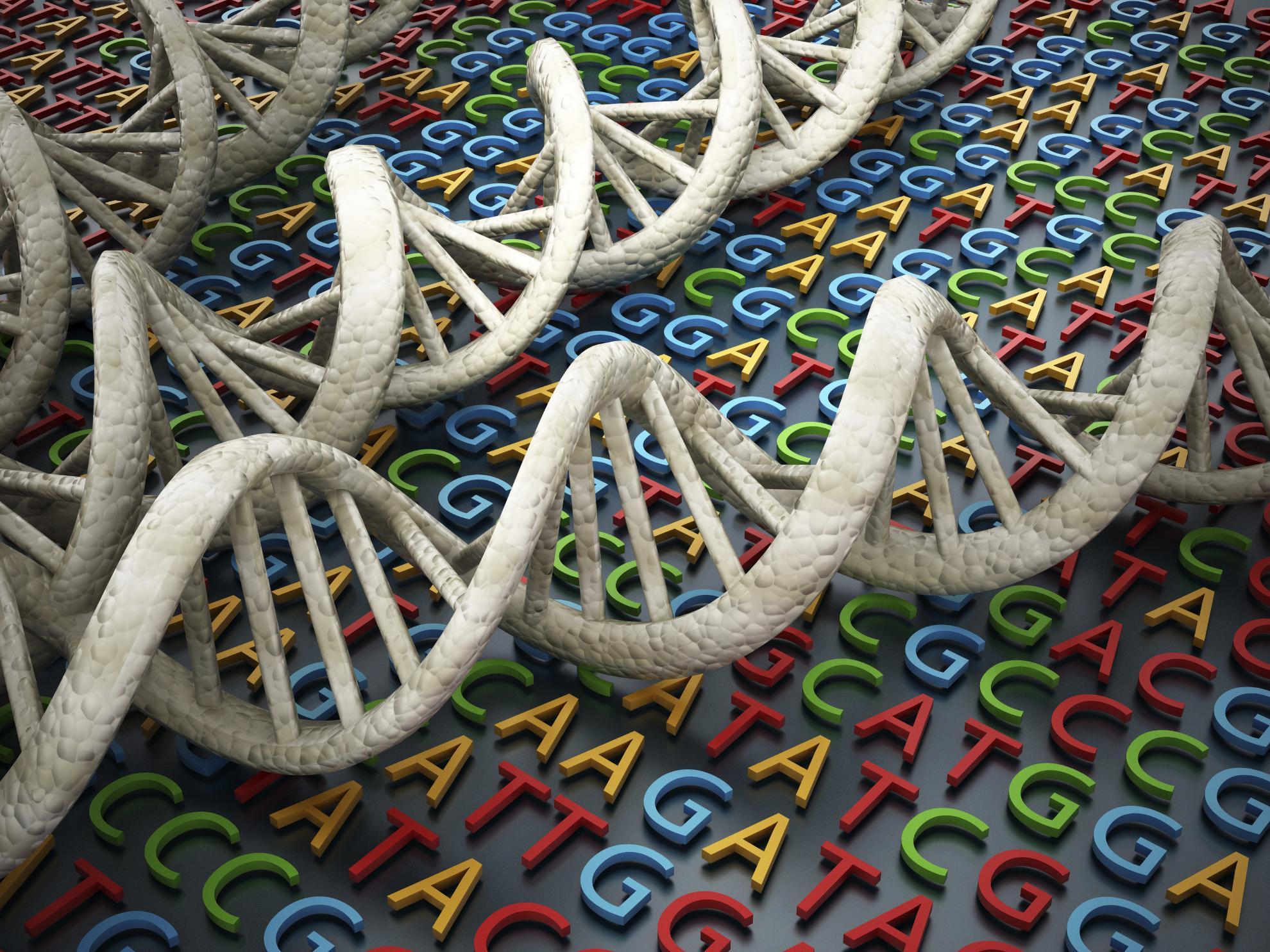Insights into the evolutionary forces that shape the codon usage in the viral genome segments encoding intrinsically disordered protein regions
Intrinsically disordered regions/proteins (IDRs) are abundant across all the domains of life, where they perform important regulatory roles and supplement the biological functions of structured proteins/regions (SRs). Despite the multifunctionality features of IDRs, several interrogations on the evolution of viral genomic regions encoding IDRs in diverse viral proteins remain unreciprocated. To fill this gap, we benchmarked the findings of two most widely used and reliable intrinsic disorder prediction algorithms (IUPred2A and ESpritz) to a dataset of 6108 reference viral proteomes to unravel the multifaceted evolutionary forces that shape the codon usage in the viral genomic regions encoding for IDRs and SRs. We found persuasive evidence that the natural selection predominantly governs the evolution of codon usage in regions encoding IDRs by most of the viruses. In addition, we confirm not only that codon usage in regions encoding IDRs is less optimized for the protein synthesis machinery (transfer RNAs pool) of their host than for those encoding SRs, but also that the selective constraints imposed by codon bias sustain this reduced optimization in IDRs. Our analysis also establishes that IDRs in viruses are likely to tolerate more translational errors than SRs. All these findings hold true, irrespective of the disorder prediction algorithms used to classify IDRs. In conclusion, our study offers a novel perspective on the evolution of viral IDRs and the evolutionary adaptability to multiple taxonomically divergent hosts.
